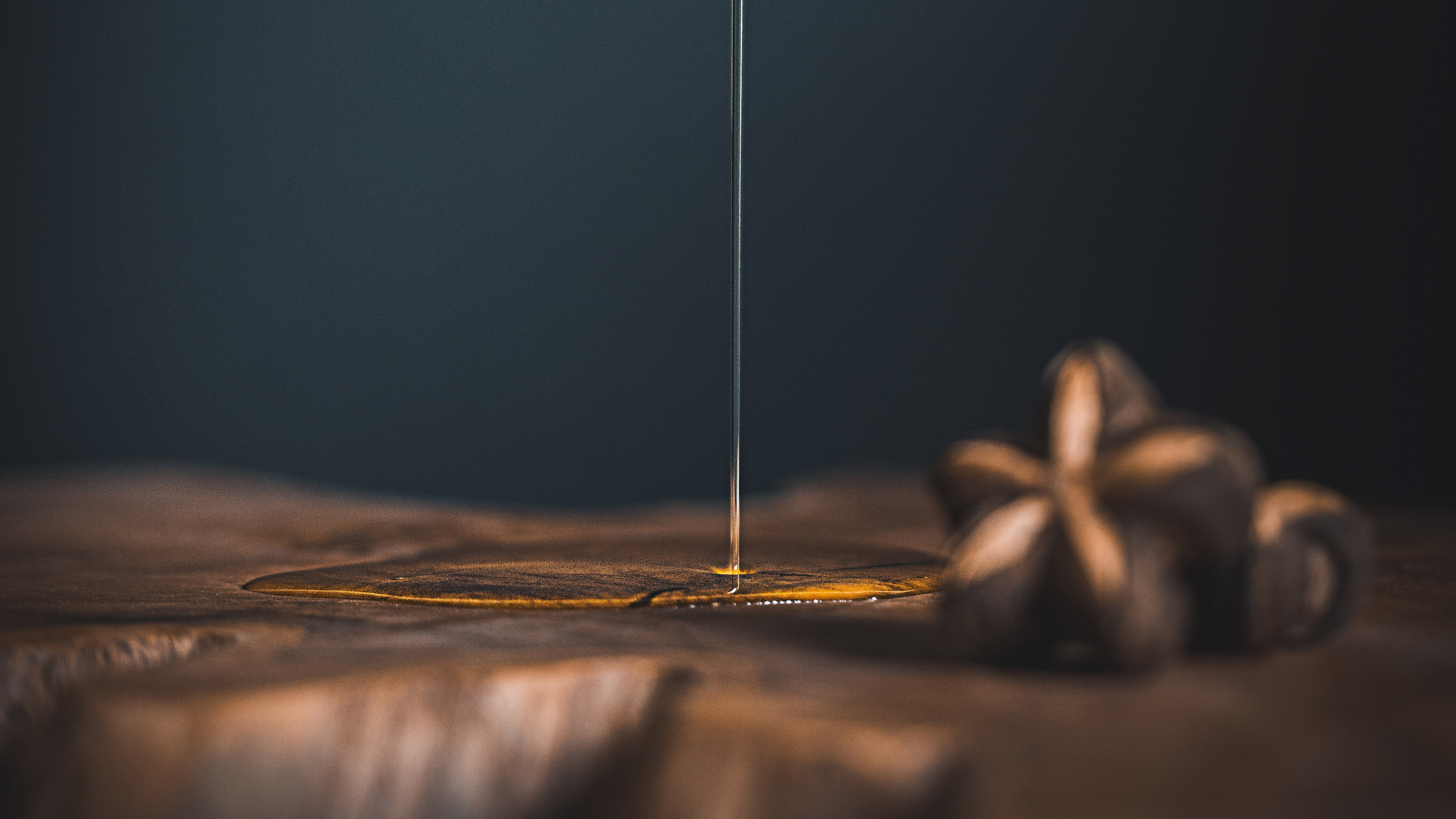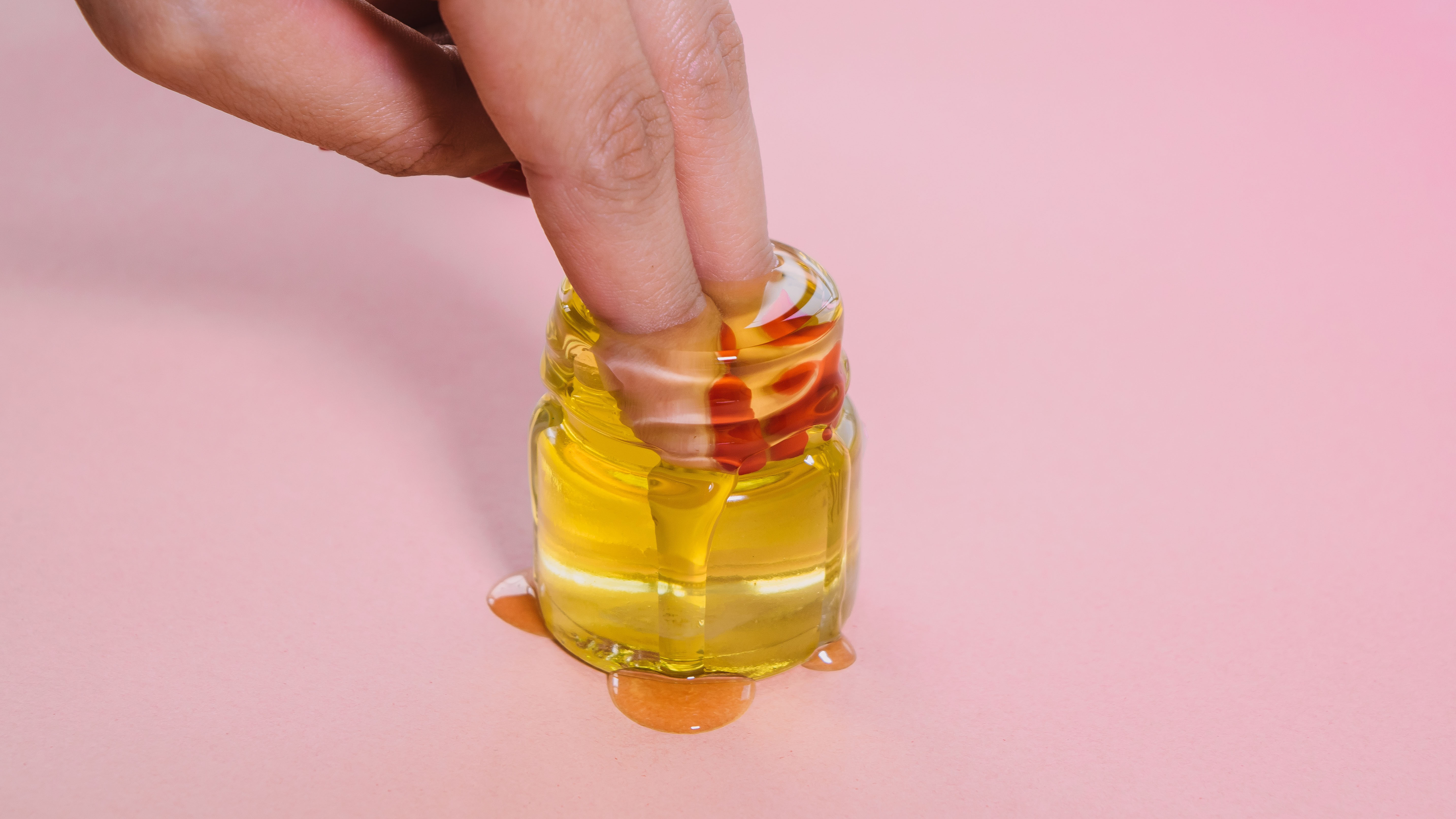Once you’ve tried any type of edible, chances are good that you’ll become a convert.
In fact, people who use cannabis primarily for medicinal reasons often switch to edibles and give up smoking completely, because they can get just as much pain relief (and get just as high or even higher) without the coughing and without the mess.
And it’s hard to imagine anyone turning down a pot brownie (or three), even if they love the social aspects of smoking up.
Edibles are available in any dispensary in any legal state, but they’re expensive. It’s much cheaper and more satisfying to make your own since you can control the dose (and make more whenever you need to). The only real drawback to making edibles at home is the time it takes to prepare cannabutter or canna oil for a new batch of desserts or candy, a healthy salad dressing, or a great savory dish.
That’s right. There’s a lot more you can do with pot than just make a terrific batch of brownies. Weed-infused cooking oil gives you an entirely new cannabis cooking canvas to work with.
Even better, you can make a large batch of oil to have on hand for regular meal preparation, or just to use when you’re entertaining appreciative friends. It doesn’t spoil for a year (particularly if you refrigerate it), which means spending just a few hours in the kitchen making the oil will set you up for quite a while.
Here’s how to make cannabis cooking oil.
Decarbing Your Weed
As you probably know, marijuana must be either burned or heated in order to activate its THC, CBD, and other cannabinoids. You don’t have to worry about that when you smoke since the temperature that your pot is exposed to takes care of things just fine.
But when you’re going to be mixing or infusing weed into food or liquid, you have to make sure the cannabinoids are activated; otherwise, you’ll miss out on all of the psychoactive or medicinal benefits. That process is called decarboxylation, or “decarbing” for short. It’s very easy to do and takes less than an hour. You could just let the cannabis heat during the infusion process, but that won’t do as complete a job as decarbing it.
First, take your bud and break it into tiny pieces, about the size of a grain of rice. Don’t finely grind it, though, since that will increase the likelihood that it will burn during the process. Just break it up by hand.
Spread it out on a baking sheet covered with parchment paper or crumpled aluminum foil (so it won’t stick to the sheet and burn). Then put more parchment or tin foil on top, and bake it for about 45 minutes at 220°. It’s done when the pot is golden brown; take it out of the oven and let it cool before using it. If you want you can keep it for months (if stored properly), or you can use it right away to make your canna oil.
Types of Oil

Cannabis cooking oil is really just regular cooking oil that’s been infused with weed. It’s best to use oil with high-fat content since fat is what absorbs the THC and makes the oil more potent. Several types of oil work best for our purposes.
- Coconut oil: It’s very good for your health and contains the most saturated fats of any cooking oil, so it’s the number-one choice for making canna oil. However, it has a distinctive taste that may not mix well with all foods.
- Olive oil: This is the healthiest type of oil you can use (just ask anyone on a Mediterranean diet, they’ll talk your ear off about its benefits) and the second-best for infusing maximum amounts of THC.
- Canola oil: It doesn’t have as high fat content so it won’t absorb quite as much THC (or CBD), but it will still do the job very well. It’s also tasteless so it works well in all foods, and it has the highest “smoke point” so it’s better than coconut or olive oil for frying or sautéing.
Some people prefer avocado oil or peanut oil because of their natural flavors and they’re fine to use, they just won’t be quite as potent. You can also use your decarbed flower to make cannabutter for cooking if you prefer.
Making Cannabis Cooking Oil
Proper dosing is always a concern with cannabis, and that’s not any different when making canna oil. However, you can run into an issue using online calculators that purport to help; you’ll have to know the percentage of THC in your weed in order to come up with the right formula. If you buy at a dispensary you’ll have no problem using a calculator, but the last time we checked, dealers don’t usually put that information on your baggie. You can “guess” that the potency is 10%, but that will be way off if you’re using a strong strain with 20% (or more) THC.
The easier thing to do is to start out with a small batch using an easy and common recipe. After you’ve used the oil and judged its potency, you can then adjust your dosing before making a bigger batch for long-term use.
Three other things to know before we get to the recipe:
- You’ll want to grind your decarbed bud before using it, but don’t grind it too fine. If you do, some of the plant material will pass through your strainer or cheesecloth, and you’ll end up with slightly-gritty and nasty-tasting oil.
- Don’t boil the oil while infusing it, because that will cut down on potency. Slow and low is always the best.
- This recipe is designed for use with potent pot. If your bud isn’t high-quality cut the amount of oil in half so that you’re using a one-to-one ratio.
Here we go. Be aware that this will be a bit smelly.
- Mix one cup of decarbed cannabis and two cups of your preferred cooking oil in the top half of a double boiler, with at least two inches of water in the bottom half. (You can simply use a regular pot, but that will make it harder to control temperatures.)
- Cook on low heat for three hours, stirring occasionally.
- Let the oil cool for 30 minutes, then strain through cheesecloth or a fine-mesh strainer. Discard the cheesecloth; don’t use what’s caught in it.
- Let the strained oil finish cooling for another few hours, then use or store.
When making a small test batch, you can use smaller amounts of oil and weed in a two-to-one ratio; as we mentioned earlier, if the herb isn’t strong, a one-to-one ratio is more desirable.
If you want stronger oil, repeat the heating and cooling process one or two more times. If you want to use a slow cooker and avoid stirring, let the weed/oil mixture cook on low for three hours and cool it for six hours, repeating the process if you want to increase potency.
Cannabis cooking oil can be used in just about any recipe that calls for oil. Make a salad dressing with it, roast veggies with it, marinate your meat with it, drizzle it on pasta or bread – or of course, make some of those brownies you’ve been thinking about ever since we mentioned them.
